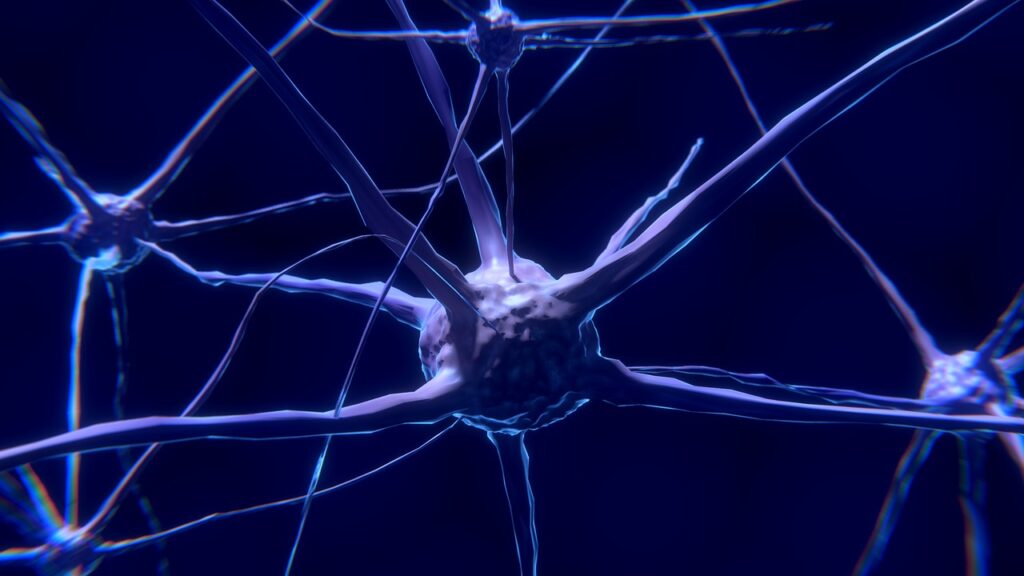We all know that nerve injuries are fatal and once a nerve gets affected it cannot be repaired causing that part of the body to be paralyzed. But this might change with a recent discovery.
Scientists at the Lewis Katz School of Medicine, Temple University have shown that gains in functional recovery from these nerve injuries may be possible. This might be possible with a molecule known as Lin28, which regulates cell growth.
In a study published in the journal Molecular Therapy, the researchers describe the ability of Lin28, when used above its usual levels, to fuel axon regrowth in mice with spinal cord injury or optic nerve injury enabled repair of the body’s communication grid.
“Our findings show that Lin28 is a major regulator of axon regeneration and a promising therapeutic target for central nervous system injuries,” explained Shuxin Li, MD, Ph.D., Professor of Anatomy and Cell Biology at the Lewis Katz School of Medicine at Temple University and senior investigator on the new study.
This is the first research that demonstrates the regenerative ability of Lin28 upregulation in the injured spinal cord of animals.
“We became interested in Lin28 as a target for neuron regeneration because it acts as a gatekeeper of stem cell activity,” said Dr. Li. “It controls the switch that maintains stem cells or allows them to differentiate and potentially contribute to activities such as axon regeneration.“
To explore the effects of Lin28, Dr. Li and colleagues developed a mouse model in which animals had extra Lin28 in some of their tissues. When fully-grown, the animals were divided into groups that sustained spinal cord injury or injury to the optic nerve tracts that connect to the retina in the eye.
Another set of adult mice, with normal Lin28 expression and similar injuries, were given injections of a viral vector that carried Lin28, to examine the molecule’s direct effects on tissue repair.
Extra Lin28 stimulated long-distance axon regeneration in all instances, though the most dramatic effects were observed following the post-injury injection of Lin28. In mice with spinal cord injury, Lin28 injection resulted in the growth of axons to more than three millimeters beyond the area of axon damage, while in animals with optic nerve injury, axons regrew the entire length of the optic nerve tract.
Evaluation of walking and sensory abilities after Lin28 treatment revealed significant improvements in coordination and sensation.
Every year a lot of people lose their sensory or motor functions due to spinal cord injuries or nervous system related injuries. This research hopes to bring a safe and effective way to get Lin28 to the place of injury in humans and to cure it. If this becomes a reality, it can help thousands of people.
Journal
Upregulating Lin28a Promotes Axon Regeneration in Adult Mice with Optic Nerve and Spinal Cord Injury. Molecular Therapy, 2020; DOI: 10.1016/j.ymthe.2020.04.010

